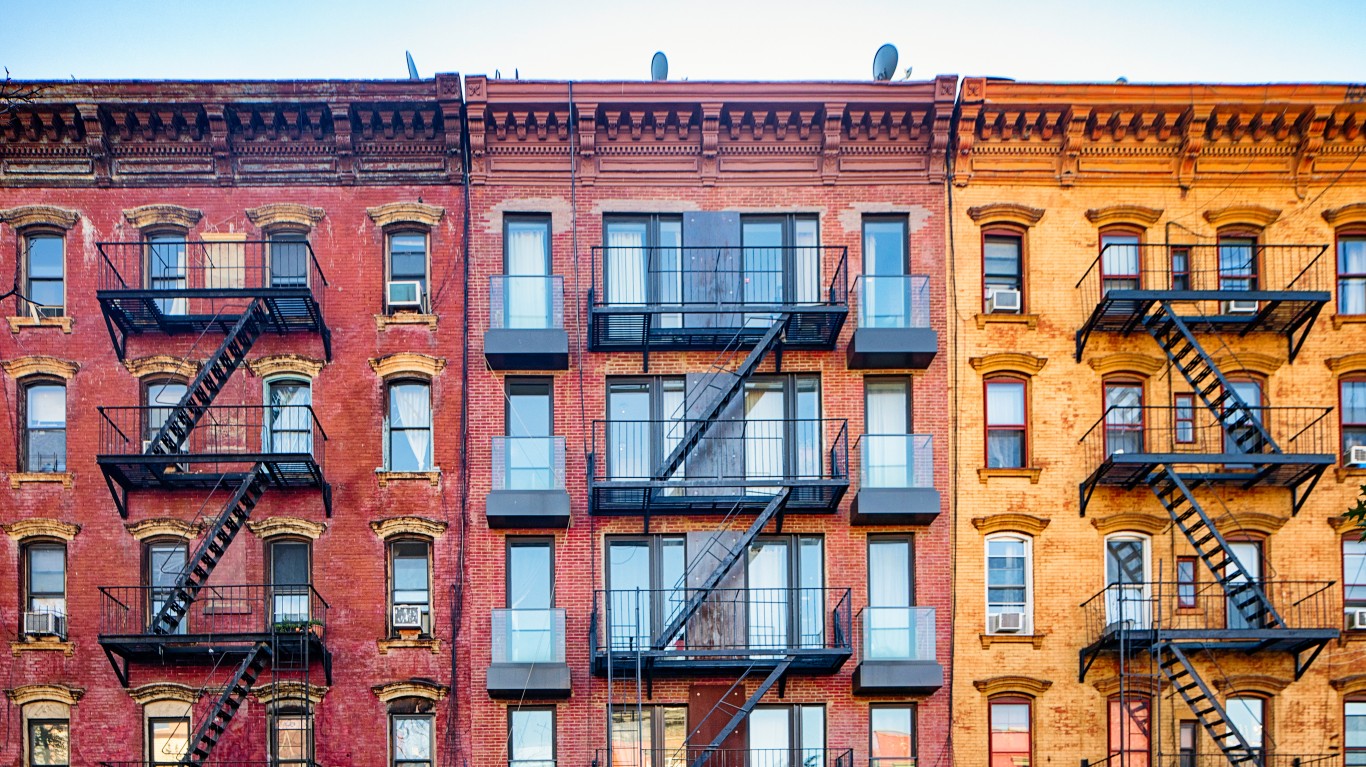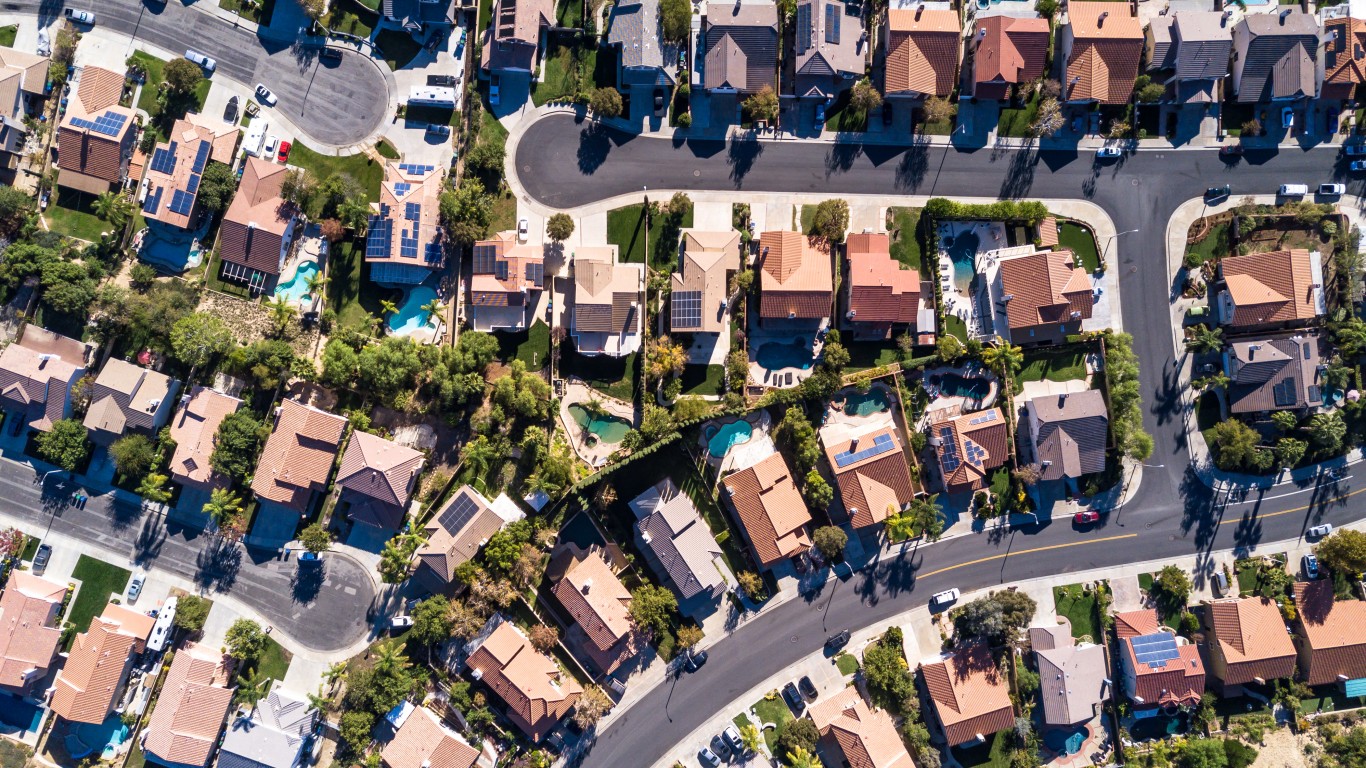
Millions of workers in America suddenly have found themselves caught between a rock and a hard place in this recession. On top of fears of COVID-19, millions of workers lost their jobs and have limited prospects of returning to work soon. The government has been providing enhanced unemployment benefits to help get through to the other side of this crisis, but those benefits are about to expire, if no additional measures are passed. With limited job prospects and with many businesses closed or on half-capacity, millions of American renters may be evicted from where they live.
The actual data on evictions tends to vary, but one widely used figure in July of 2020 is that 28 million Americans are facing potential eviction. While that number is alarming, there is much a darker side beyond data. With more states facing continued shutdowns or limitations after big spikes in local COVID-19 cases, rising evictions could exacerbate health concerns and other economic issues that can last for years.
Aside from the formal evictions, countless numbers of informal evictions could be coming in the months ahead if renters cannot find work and cannot earn enough to pay their rents. The fallout in the economy could be disastrous, well beyond just houses and apartments.
Census data from a week earlier showed more than 11 million adults are living in dwellings where the rent had been missed in the prior month. Also, 23 million have little or no confidence that they will be able to make their next rent payment. The housing insecurity for the 11th tracked week was the worst of all prior weeks at 26.4%, with many of the largest population states being above 30%. Housing insecurity covers aspects such as housing costs, affordability, quality and even aspects about neighborhoods.
Roughly one-third of the country has an eviction moratorium of some sort due to federally insured mortgages covering the properties. A substantial number of cities and states also have broader eviction protection that will keep people in their rented housing for longer. Those moratoriums are not indefinite, even in states where it is harder to evict renters for nonpayment.
Pennsylvania recently extended an eviction moratorium through the end of August, while California extended an authorization to allow local governments to delay evictions through the end of September for renters affected by the pandemic. Boston has an eviction ban from public housing through the end of 2020.
The Federal Reserve Bank of Cleveland measured eviction filings in 44 cities and counties around the United States. Despite many protections in place, filings as of July 7, 2020, showed that the rate of evictions had nearly returned to pre-pandemic levels in those locations where local eviction bans had expired or where they were never enacted.
According to that Cleveland Fed report, eviction filings tend to surge after temporary policies expire much more in places that enacted both filing bans and hearing bans than those that enacted just hearing bans while allowing filings to continue. The Fed now expects that evictions likely will increase for households that have lost work because of the crisis, unless there is a material improvement in the economy.
The Cleveland Fed also noted the undercounting of evictions. The process of informal evictions was estimated to be twice as common as with formal evictions, and those are said to be largely hidden from the legal system and from systematic measurement efforts.
While 44 jurisdictions may not represent the entire United States, it spanned 11 states and included 7% of the rental housing stock in the United States. It did not cover the major metropolitan areas throughout most of the Western states in America.
Fannie Mae announced at the end of June a decision to extend existing forbearance for multifamily property owners by three months, for a total forbearance of up to six months. If extended, once the forbearance period concludes the borrower may qualify for up to two years to repay the missed payments. During forbearance, landlords must suspend all evictions for renters who are unable to pay rent.
Another view on prior eviction trends comes from Princeton University’s Eviction Lab, which has funding from the Bill and Melinda Gates Foundation, the Chan Zuckerberg Initiative, the Ford Foundation and others. While this data was from 2016, the data for the “top evictors” is listed as “coming soon.” One issue that stood out was that Virginia dominated the top 10 cities on the eviction list: Richmond, Hampton, Newport News, Norfolk and Chesapeake.
As for those who are evicted, this can have an impact for years. A fresh report from myFICO shows that when landlords do a credit check, their primary concern is about a renter’s history of timely rent payment, followed by rent-to-income (or assets) and other issues, on top of an actual credit score. Landlords may overlook those issues if a higher deposit is left or for higher base rents, but this all translates to potentially paying more or putting out more cash during hard times. As credit scores drop rapidly, it takes years to recover and can even affect future employment eligibility.
It is imperative to consider the larger picture as people are evicted or are at risk of being so. Very few people want to be homeless, particularly if it may increase the risks of COVID-19, other health issues, or years of financial ramifications. When people are being evicted or are about to be from their homes or apartments, they are also probably missing or skimping on credit card payments, car payments, insurance and other essential goods and services.
Thank you for reading! Have some feedback for us?
Contact the 24/7 Wall St. editorial team.


